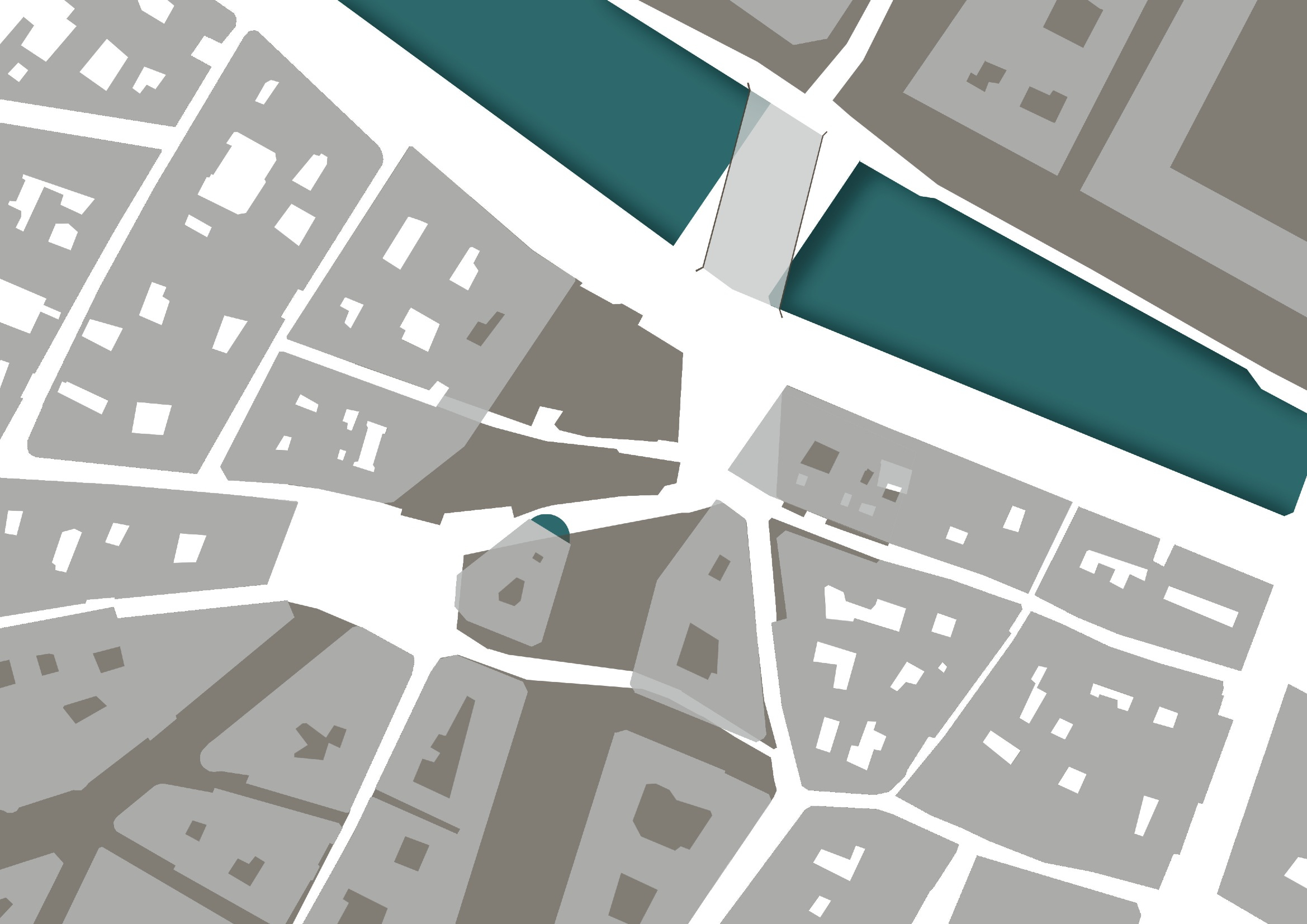I was honored to have the opportunity to speak last week at the National Gallery of Art in Washington DC.
In connection with the wonderful exhibition Charles Marville: Photographer of Paris, I was invited to a join an impressive selection of scholars to take part in a day-long symposium, Old Topographics: Photography and Urbanization in Nineteenth Century Paris. I chose to speak on the Place Saint-Michel as an example of Second Empire Parisian urbanism.
While the afternoon of the symposium consisted of four engrossing talks that focused on various aspects of photography and visual culture, the morning was dedicated to more urban subjects.
First, Masha Belenky discussed the omnibus in Parisian history and culture. Then Min Kyung Lee made a fascinating presentation on the relationship between cartography and the reshaping of Paris in the nineteenth century. I followed in direct continuation of the ideas evoked by Professor Lee by investigating the genesis of the place Saint-Michel.

Retracing the history of the place Saint-Michel, I emphasized the fact that its position on a major north-south artery was not its traditional position, but the doing of the Second Empire urban scheme and the major generating event in the area’s morphology. The place Saint-Michel is therefore inseparable from the broader vision for the city and the fact that this vision expressed itself through axes forming connections across the city.
The radical recomposition of the area is clearly visible in the cartography of the built area before and after the creation of the boulevard Saint-Michel (initially the left bank portion of the boulevard Sébastopol). The place Saint-Michel is an excellent example of the scope and level of the Second Empire urban transformation, but also of the fact that the urban approach allowed the old city to continue in the immediate vicinity of the modernizing interventions.

I emphasized to what extent the preexisting urban fabric is still visible in today’s Paris because it was not replaced, but only interrupted to make way for the percées. In fact, it is the coexistence of the old Paris and the new Paris of the Second Empire that give these neighborhoods their unique charm, something no greenfield attempt to replicate a Haussmannian city could achieve.

I analyzed in some detail the principles of urban composition that led to the arteries and squares of central Paris, in particular how the continuation of the boulevard Sébastopol through the Île de la Cité and across the Seine, with clear principles of axiality and structured urban composition, led to a specification formal problem to be resolved by Gabriel Davioud at place Saint-Michel.
Davioud’s scheme gives meaning to the urban situation he found, and resolves the spatial challenges elegantly by giving a coherent form to the urban space. Of course, the fountain plays a central role, but the architecture of the buildings surrounding the square, which participated in the forming of what we recognize as the Haussmannian building type, is critical to the character of the space, and to its fully assumed counterpoint to the existing adjacent buildings and streets.

This bring us to Charles Marville.
Although Marville’s oeuvre is much broader than the photographs he took of the city changing around him, his chronicling of the transformation of the Second Empire has led to the question of how to think of him in relation to the inevitable dialectic between Old Paris and New Paris.
I have little evidence beyond what I see in the photographs, but it seems to me that one can perceive that Marville had a clear sensitivity to the spatial, visual, and human qualities of the old city just as he had a sensitivity to the new, ordered, modern city.
My reading of Paris is that the two are in fact not antithetical. I believe that many if not most Parisians felt the divided loyalty that I project onto Marville, and that the ambivalence and coexistence of the two urban forms are exactly what gives Paris its inimitable character.
Charles Marville: Photographer of Paris runs at the National Gallery of Art in Washington D.C. until January 5th. The exhibition will be on display at the Metropolitan Museum of Art in New York from January 7th to May 4th, 2014.
The exhibition is accompanied by a indispensable publication, Charles Marville: Photographer of Paris, which includes several insightful essays and remarkable reproductions of Marville’s photographs.

